Do dedicated bus lanes make or break IndyGo's Blue Line? Indiana lawmakers will soon decide
Two and a half miles from the Indiana Statehouse, Sarah Awodumila owns The Jollof Buka, a Nigerian and Caribbean restaurant and lounge at the corner of West Washington Street and Belleview Place ― where IndyGo envisions building a stop for the future, but embattled, Blue Line.
Awodumila, who has been there since 2021, hasn't heard a word from city officials about the bus-rapid-transit line, its associated infrastructure improvements along crumbling Washington Street or the battle broiling at the Statehouse over its future.
At first glance, the Blue Line plan sounds to her like a reasonable improvement ― even with some temporary construction pain.
“Why would it be a bad thing? she asked.One state senator has an answer to that question: the dedicated bus lanes.
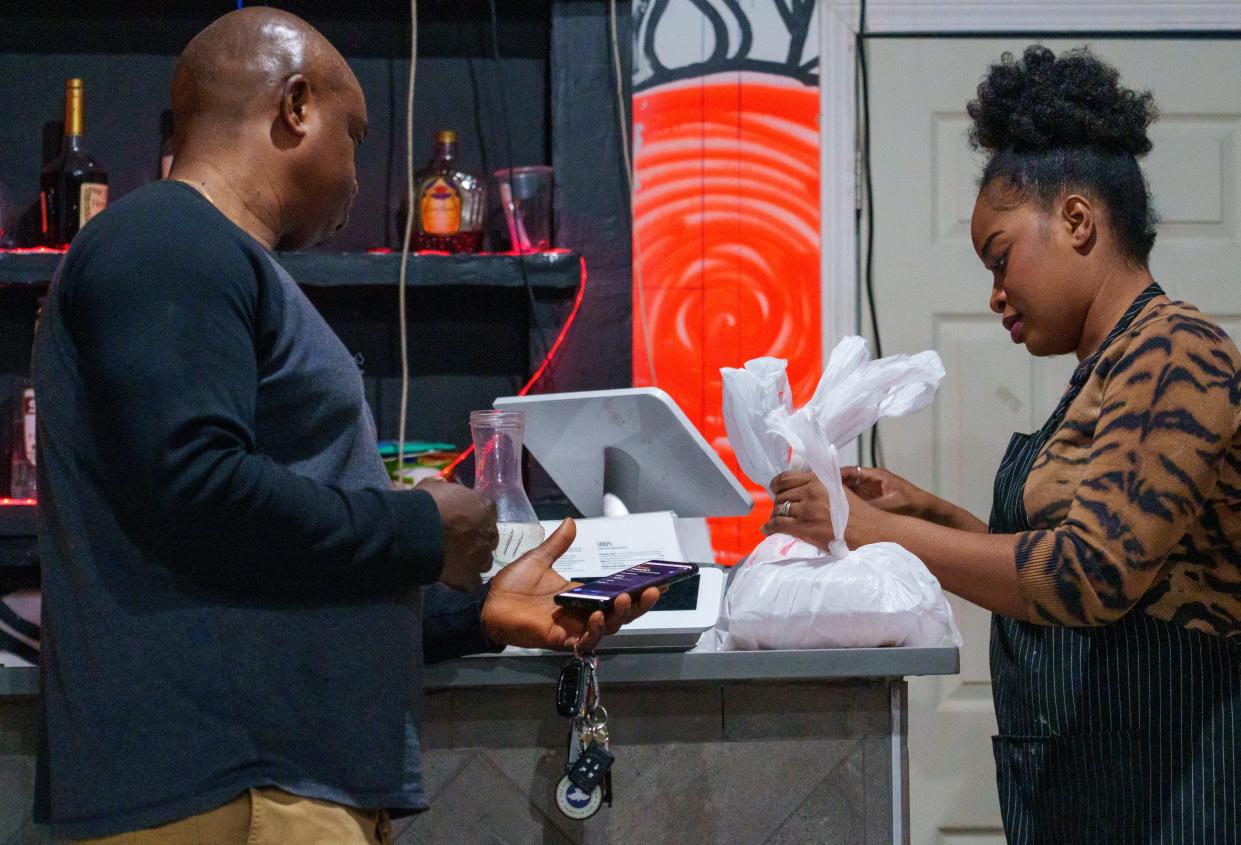
Sen. Aaron Freeman, R-Indianapolis, wants to ban dedicated bus lanes on Washington Street, contending the Blue Line project can become a reality without them. IndyGo and economic development leaders say bus-only lanes are integral and that if Senate Bill 52, which would ban them for a year, passes, the project would be delayed or end all together.
On Tuesday, members of the House Roads and Transportation committee, where this idea has died in previous years, could scuttle decades of planning and what Blue Line supporters say would be hundreds of millions in associated economic development. Or, say Blue Line detractors, lawmakers could save IndyGo and Indianapolis from a flawed element of a failed bus rapid transit experiment.
Catch up: What's the future of the IndyGo Blue Line? Here's what to know.
Plenty of research exists about the impacts of dedicated bus lanes. The question the General Assembly is debating is whether the Blue Line, without dedicated lanes, can really be the Blue Line that Marion County voters envisioned when they approved the transit tax referendum in 2016. And, given the concerns some businesses have about traffic flow and disruption, is it worth it?
The choice lawakers wind up making may be based less on evidence and more on ideology.
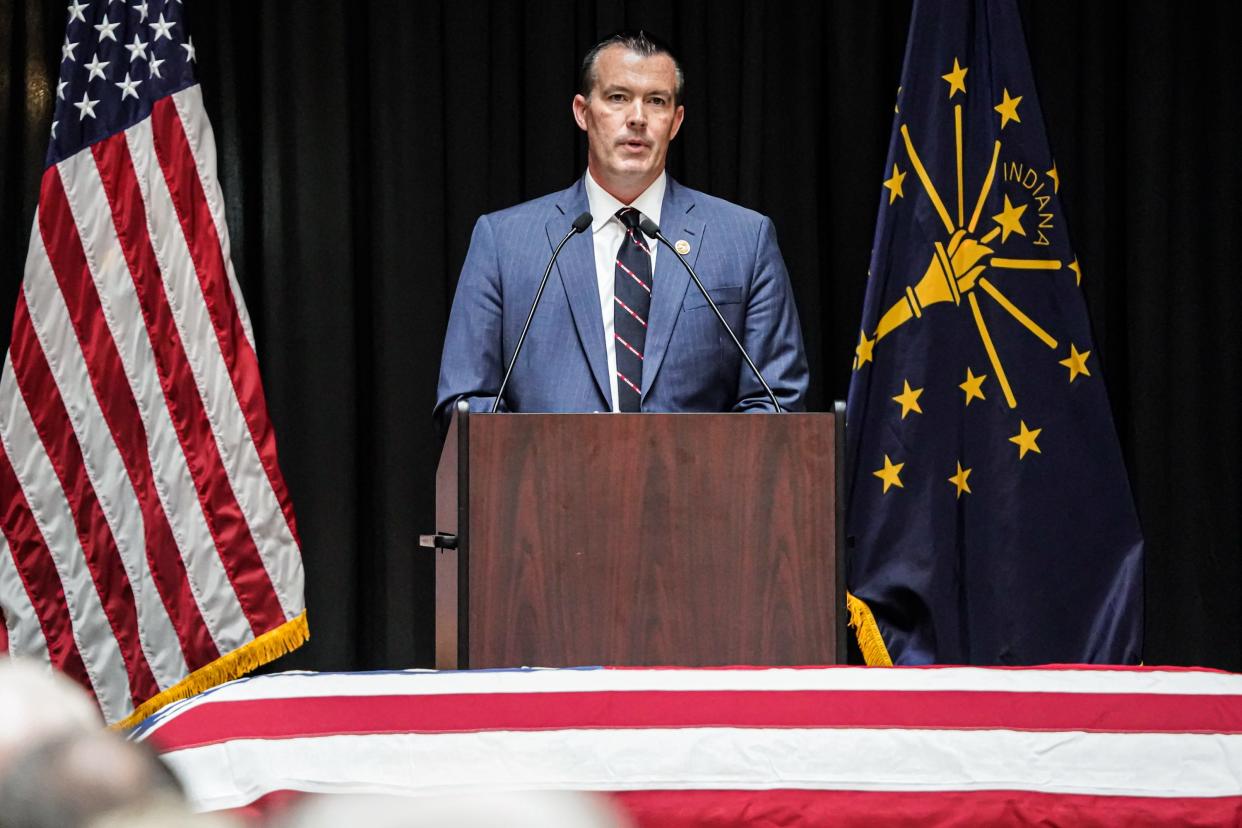
An old vision for Washington Street
More than a decade ago, Central Indiana's biggest business juggernauts came together to recommend transforming public transit in Indianapolis.
That Central Indiana Transit Task Force, led by names like Al Hubbard of E&A Industries and IndyCar CEO Mark Miles, in 2010 recommended in-street “light rail” on or near Washington Street, and said leveraging federal funds would be "critical" to any major investment in public transportation.
Light rail wouldn't be possible for Washington Street after state lawmakers banned it in 2014. But bus rapid transit mimics the features of light rail.
The Washington Street corridor should be the state's top priority for rapid transit, said Patrick Tamm, president of the Indiana Restaurant & Lodging Association.
"If there was one dedicated bus rapid transit lane in the entire state of Indiana, we’d be talking about this specific Blue Line route," Tamm told the House Committee on Roads and Transportation last week. "A transit corridor from the airport to downtown Indianapolis, no matter where you are in the country, will make the most sense for nearly every single community in this country."
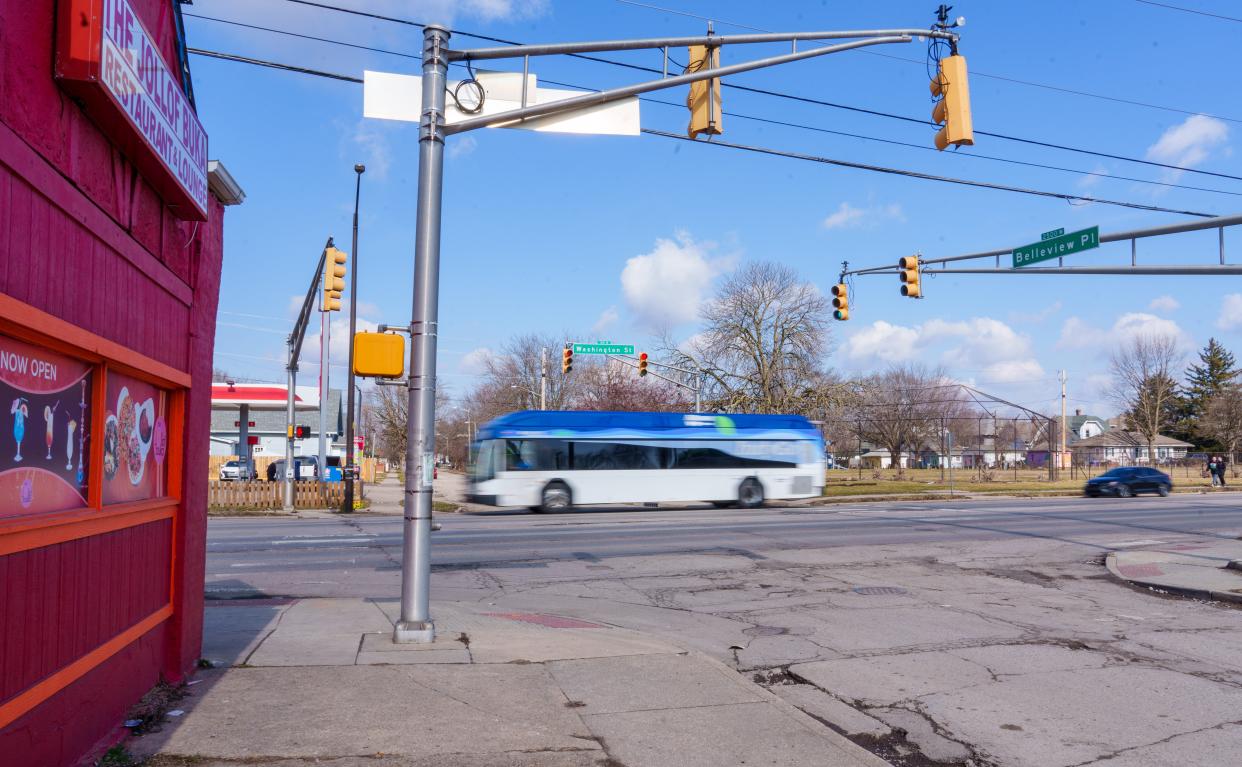
Visitors and convention hopefuls looking at Indianapolis often ask Chris Gahl, executive vice president of Visit Indy, How easy is it to get from the airport to downtown without spending $40 on a rideshare app?
Today, visitors could take the Route 8, a regular city bus that leaves from the airport every half hour and takes 40 minutes to get to the downtown transit center roughly 15 miles away.
Meanwhile, visitors to a peer city like Denver can take a dedicated rail line downtown, a longer journey in less time.
"There’s a certain sophistication to what is a dedicated line," Gaul told IndyStar. "There’s infrastructure that’s built that is more predictable, more sophisticated in technology, arguably more reliable in terms of how people could move from point A to point B. It’s that piece of the puzzle, if you will."
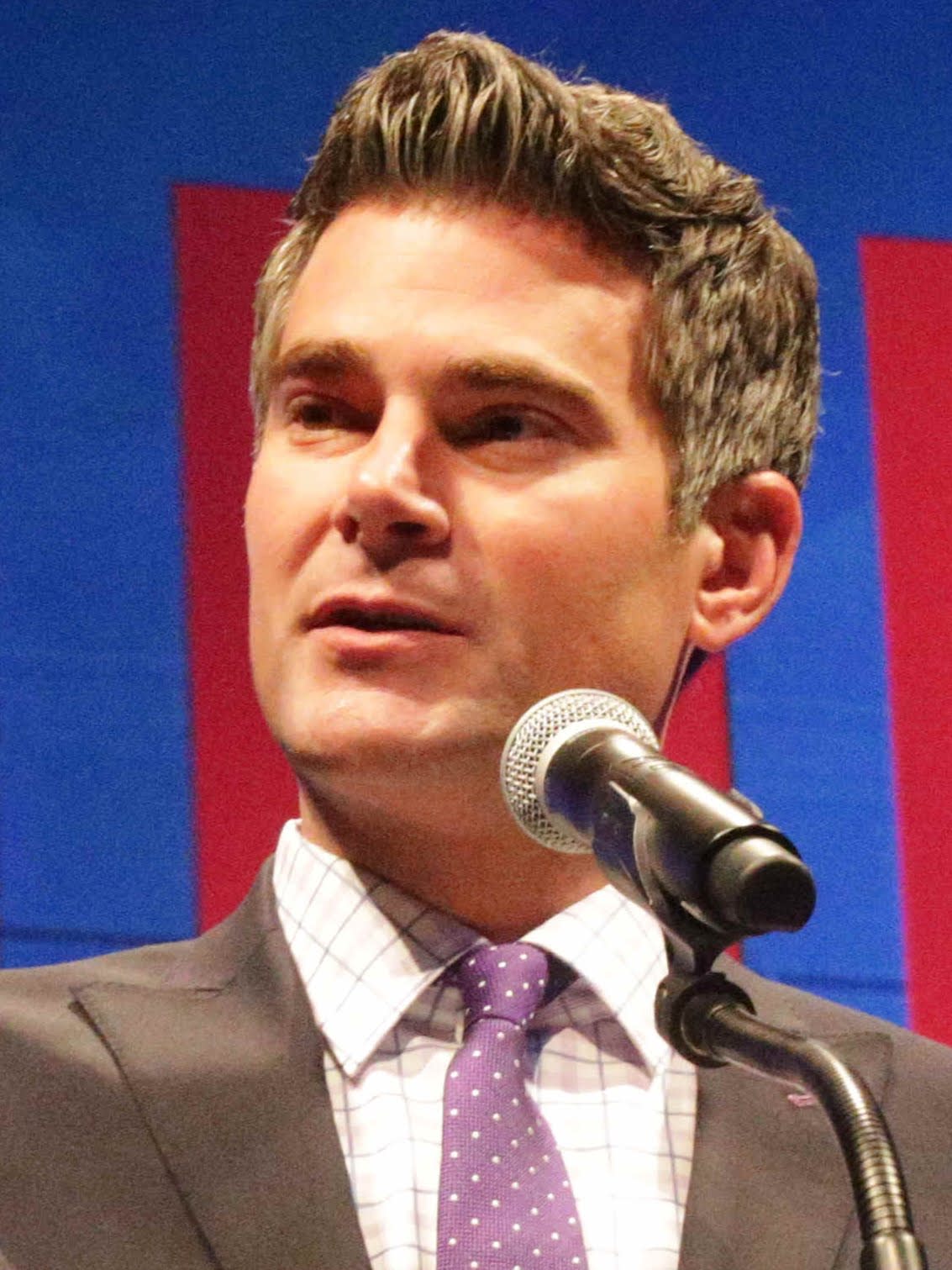
If Senate Bill 52 passes, IndyGo would not receive the $150 million federal grant it had expectedthis fall that makes the Blue Line financially feasible, because that award is for a project proposal that includes dedicated lanes.
IndyGo could resubmit a project proposal without dedicated lanes, Republican leaders argue, though that would mean more years of delay. IndyGo originally submitted the Blue Line project proposal to the Federal Transit Administration in 2018.
A case study in the Red Line
Studies overwhelmingly conclude that dedicated bus lanes improve travel times for bus riders. Othershave found the lanes can improve traffic flow, if temporarily, as drivers either take other roads or the bus.
But local context is key, transportation researchers say, looking to the Red Line, Indianapolis' only case study for dedicated lanes.
IndyGo does not have data showing the change in travel time for bus riders pre- and post-Red Line because the route replaced an combination of many old bus routes, spokesperson Carrie Black said.
"It would be difficult to compare apples to apples for an accurate comparison," she said.
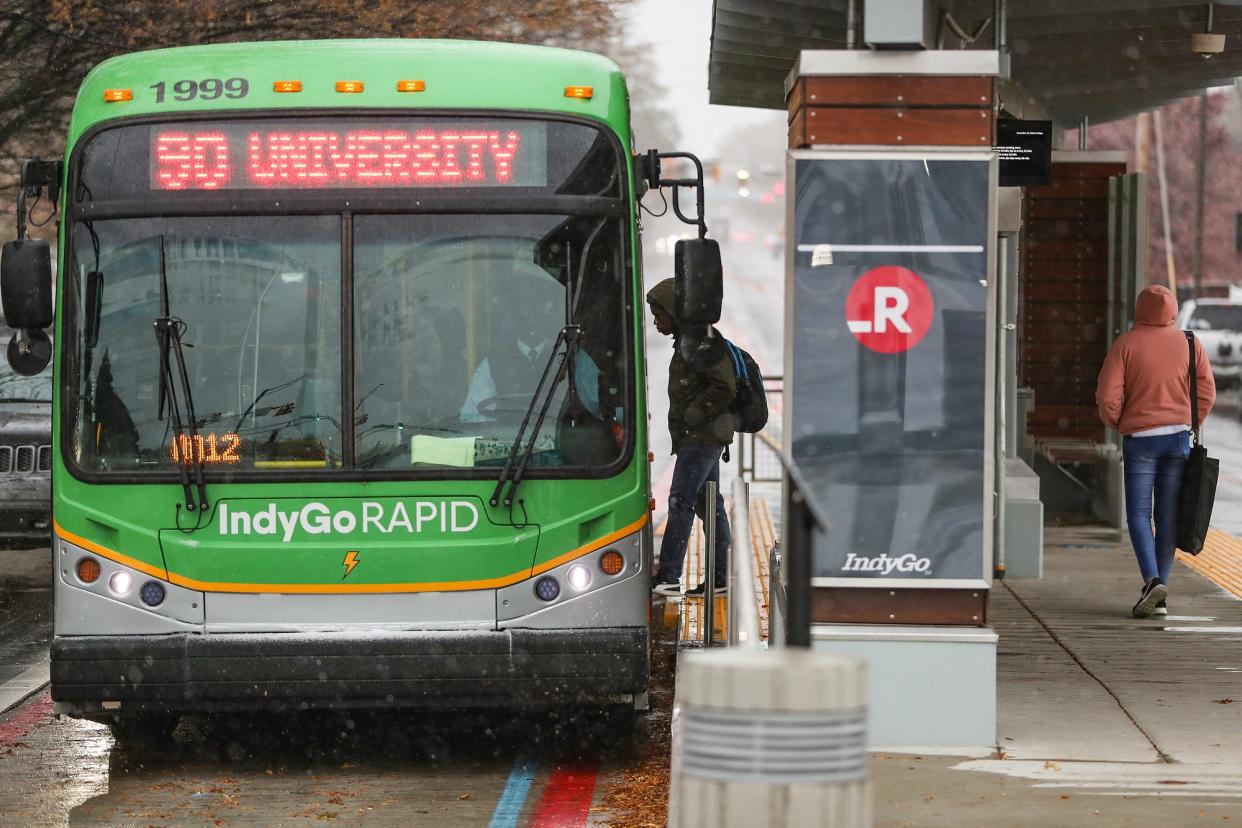
But IndyGo does know how dedicated lanes impacted congestion and crashes along College Avenue and Meridian Street, the portion of the north-south route with bus-only lanes.
Looking at the years before and after the Red Line opened in 2019 ― just before the start of the COVID-19 pandemic ― engineering firm American Structurepoint found average car speeds increased between 2 and 5 miles per hour, an indication of less congestion. Overall, crashes on these corridors decreased by 40%.
IndyGo has also studied Washington Street. A 2018 traffic analysis of the Blue Line route by engineering firm WSP found that traffic delays would likely worsen at three key intersections ― Washington Street with Emerson, Arlington and Sherman Streets ― and change only marginally at most others, some for better and some for worse.
From 2022: 7-year-old's death makes Washington Street safety a flashpoint in battle over Blue Line
Beyond the data, there's the anecdotal.
A few months into the Red Line, businesses along College Avenue offered mixed reviews, expressing similar fears some Washington Street businesses today express. Today, the final prognosis on the Red Line depends on whom you ask.Clarissa Morley, who opened Pots & Pans Pies Co. on College Avenue in Broad Ripple several months before Red Line construction began, said some businesses struggled, but too many factors that could affect a business make it hard to say whether the project impacted sales either way.
"I don’t think there's ever one thing you can point to and be like that's why we closed," said Morley, whose business remains open.
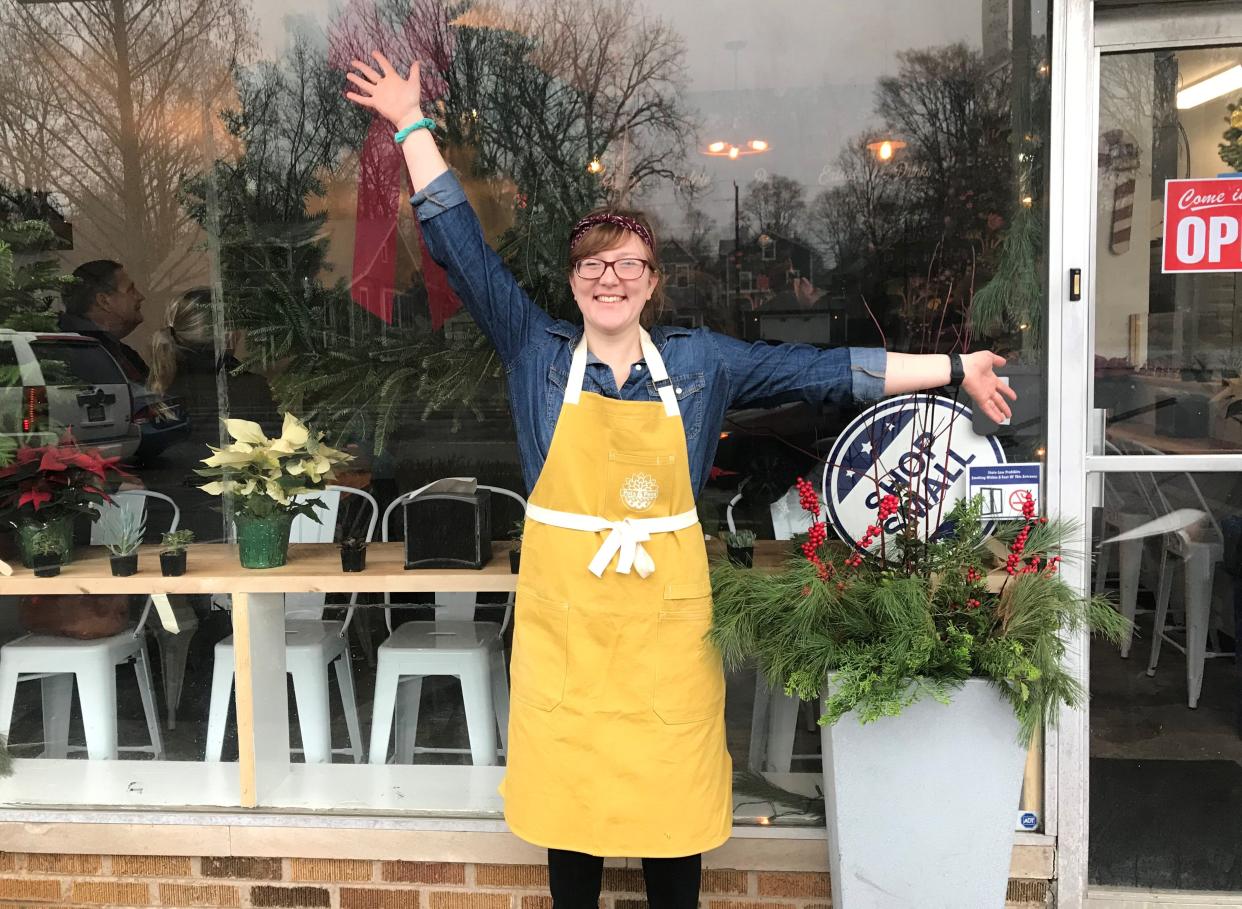
Change is always difficult at first, Morley said, but now it’s just the norm. She hopes IndyGo can continue with the Blue Line as planned.
“We have to keep going," she said. "We've already started the project. It seems kind of ridiculous to stop now.”
But Scott Goodwine, former longtime owner of the College Arms apartments, blames Red Line construction for the loss of one retail tenant. Merchants permanently lost some parking spots, which affects customers who drive cars.
Additionally, left turn lane restrictions mean motorists can't easily maneuver in and out of parking lots without circling neighborhood blocks, Goodwine said. That has created more traffic on side streets, something drivers in the area have noticed, he said.
“They've learned to live with it, but it's not as easy as it was before," he said.
The Indy Chamber, which supports a Blue Line with dedicated lanes, doesn't downplay the pain of construction, said Taylor Hughes, vice president of policy and strategy. The chamber has market-rate loans it can provide to businesses along the Blue Line whose operations are negatively impacted by construction and is hoping to be able to provide low-interest or no-interest loans.
Hundreds of millions in economic development on the line?
In the eyes of business leaders, bus rapid transit is a proven strategy to spur economic development.
The Indy Chamber, along with Develop Indy and the nonprofit Midtown Indy, have tabulated the estimated economic impact of the Red, Purple and future Blue lines: $1.3 billion.
That includes $709 million, the price of the roughly 30 developments that have cropped up along the Red Line; $83 million of investment along the still-under-construction Purple Line, which connects downtown to Fort Ben via 38th Street; and $509 million of promised development along the future Blue Line.
That's not to say every developer chose those sites solely because of the transit lines or that they leave without them.
Cook Medical president Pete Yonkman has said the Purple Line factored into his decision to locate a 40,000-square-foot medical device manufacturing facility on 38th Street. On Washington Street in the long-abandoned Irvington Plaza, developer Terry Tallen, CEO of Tallen Capital Partners, said he would carry on with his plans irrespective of the Blue Line's future.
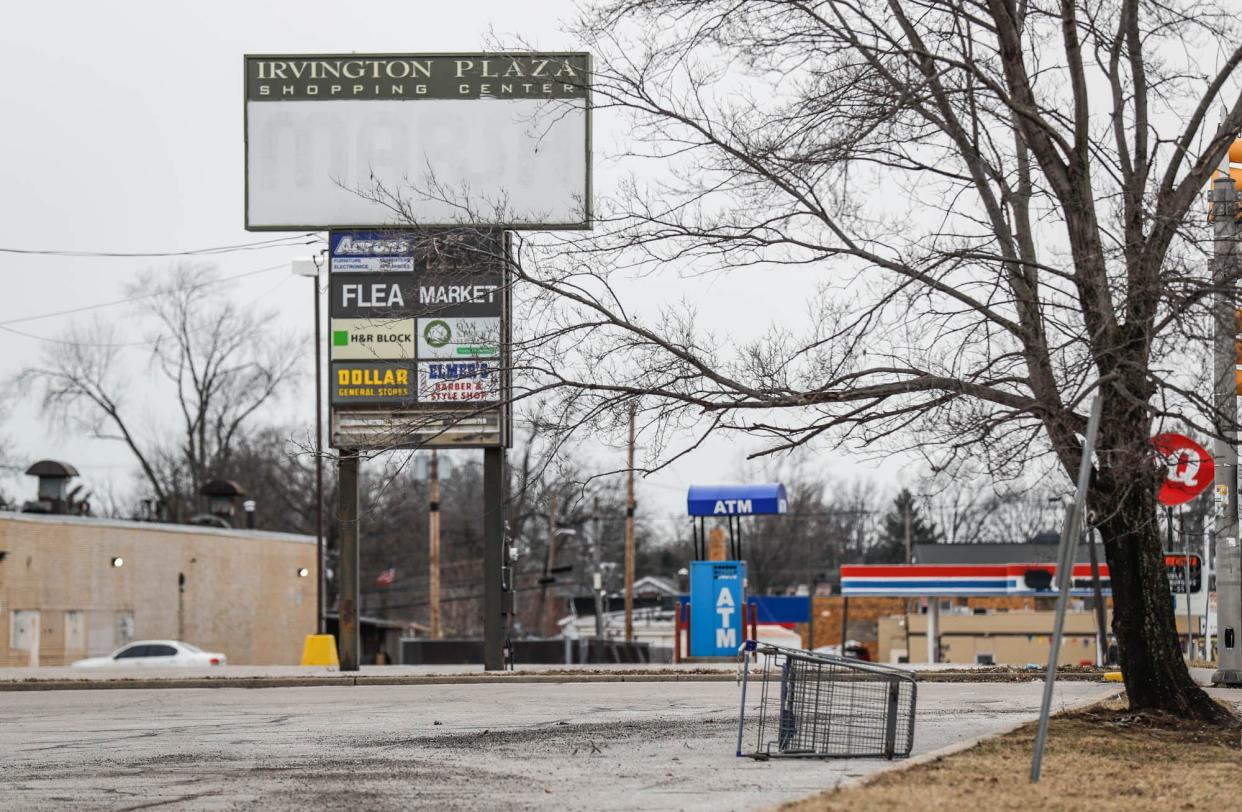
Jeremy Stephenson, founder of 1820 Ventures, plans to further develop the Elevator Hill campus off Washington Street near downtown no matter the outcome of the Blue Line, but the scope of his project will depend on whether dedicated lanes become a reality. Efficient transit in the neighborhood would reduce the need to include as much parking in his future multi-family buildings, transforming them from, hypothetically, 150-unit buildings to 450-unit buildings.
So while economic groups can't exactly claim causation, they can claim correlation.
"You don’t necessarily have a corporate statement from all those investors saying it’s because of the Blue Line," Hughes said. "But you’d be hard-pressed to find another area that sees that kind of investment."
A dedicated transit line helps in developing affordable housing, too, said Michael McKillip, executive director of Midtown Indy ― from the 75,000 square-foot former United Way office building at 39th and Meridian to the 33,000 square-foot Broadway Park Apartments on 38th St. The federal grant programs that incentivize affordable development give more weight to projects along bus rapid transit than along a standard bus route, he said. More efficient and reliable transit nearby makes it easier to attract tenants.
"It’s a total game changer, bus rapid transit," he said.
Riders notice the difference
The Red Line is a case study in another way: Half of it uses dedicated lanes, and the other half, the southern portion from downtown to the University of Indianapolis, does not.
Cameron Reid, 34, said he notices the difference on the south side, where he lives.
"It’s a nightmare," he said. "It’s so slow ... the schedule is a lot more flaky because the bus is at the mercy of traffic. Once it turns right on Capital (Avenue), it’s so much faster."
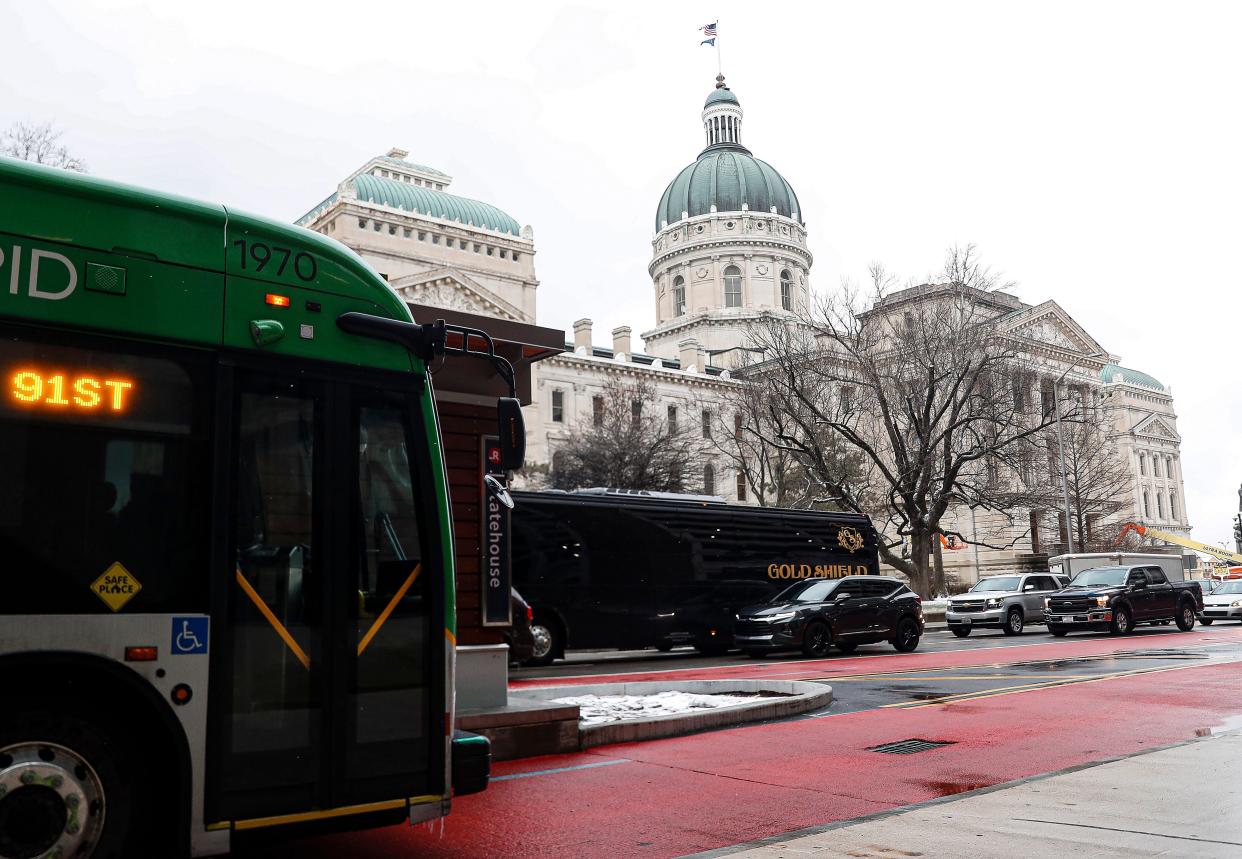
Andrew Pernell, 65, said he believes the Red Line is more dependable than other routes.
“The most important thing is we can travel from Fountain Square up to 66(th Street),” said Pernell, a daily bus rider who relies on IndyGo to crisscross the city. He doesn’t have a car.
“It ain’t no long wait if you miss one because another one is coming,” he said.
The debate here is ultimately a policy choice between prioritizing the efficiency of bus travel versus the efficiency of car travel, said Yonah Freemark, a lead researcher at Urban Institute, a D.C. based think tank.
"The fundamental point here is that, in my view, this is not really a debate about evidence; this is a debate about preference for transportation types," he said. "It’s sort of an ideological debate; it’s not one that’s gonna be resolved by better evidence, unfortunately."
Briggs: The view from Aaron Freeman's Indianapolis
Contact IndyStar state government and politics reporter Kayla Dwyer at kdwyer@indystar.com or follow her on X, formerly Twitter, @kayla_dwyer17.Contact IndyStar investigative reporter Alexandria Burris at aburris@gannett.com. Follow her on X, formerly Twitter, at @allyburris
This article originally appeared on Indianapolis Star: IndyGo Blue Line: What hangs in the balance of dedicated lanes debate?
